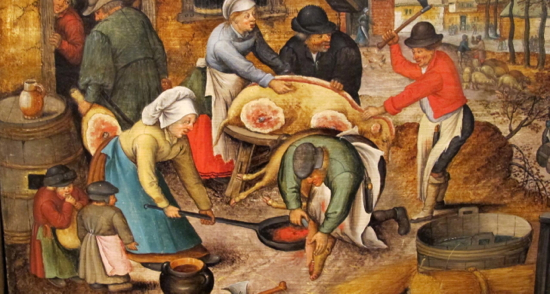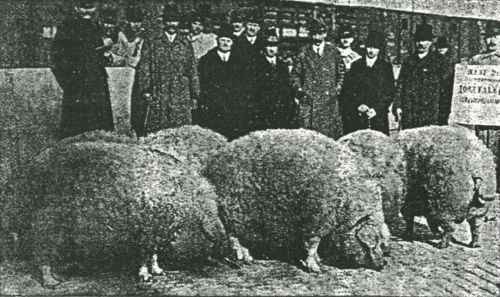I just had to pull the Joe Pastry train off to the side tracks for a moment to extoll the virtues of a truly amazing ingredient: xanthan gum. Oh sure, people demonize it, but usually without bothering to find out what it really is or does. The fact that it sounds “science-y” is enough to elicit derision from certain purist foodie types. They know not of what they speak.
Xanthan gum was invented in the heyday of corn sugar fermentation research, the 1960’s. At the time, folks in the USDA labs were looking for a thickener that was more versatile and efficient than corn starch and easier to produce than guar gum. One day, they allowed a culture of a bacterium by the name of Xanthomonas campestris to feed on a solution of corn-derived glucose. What resulted was a slimy, colorless substance that turned out to be one of the most broadly useful food ingredients currently known to man. For it turns out that in the process of digesting the glucose, the bacteria rearranged the individual sugars into longer-chain sugars (polysaccharides) with truly amazing properties.
READ ON



